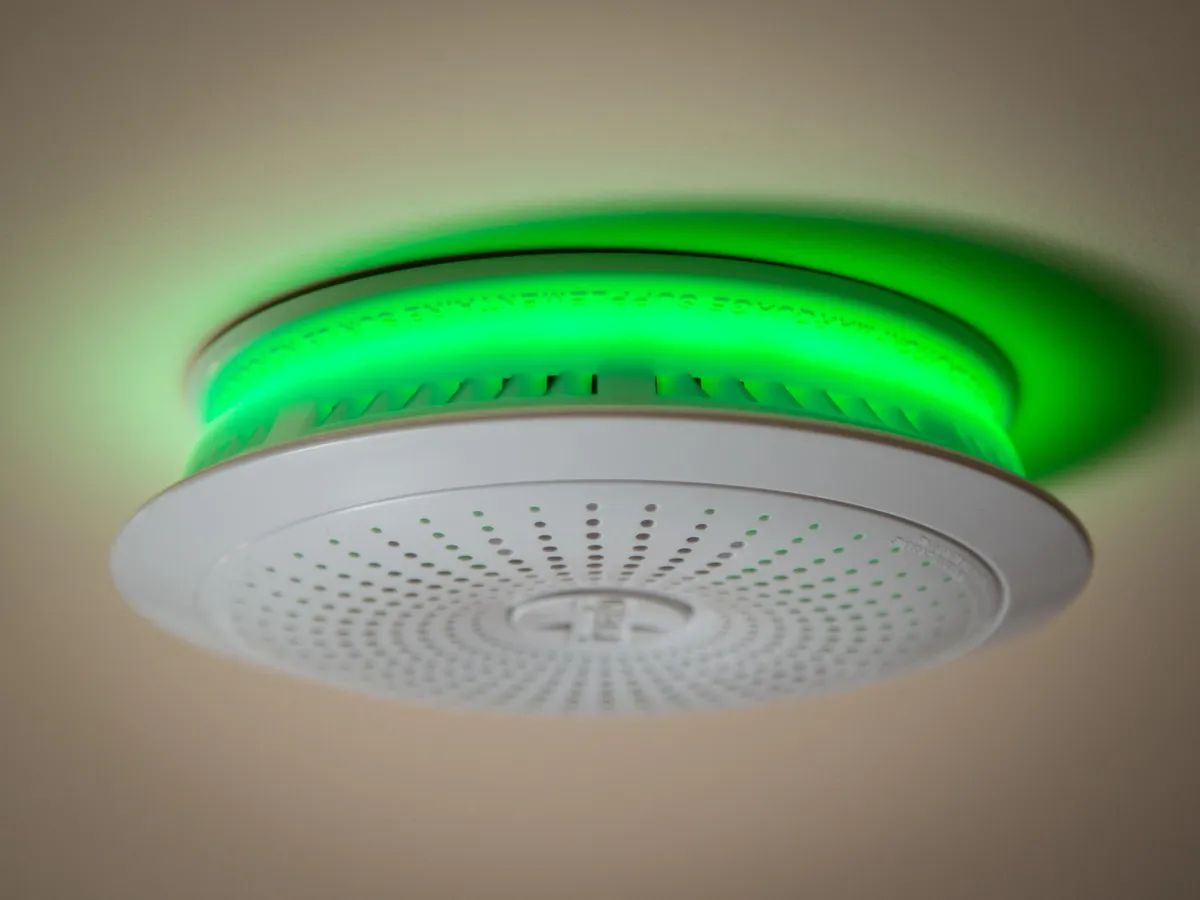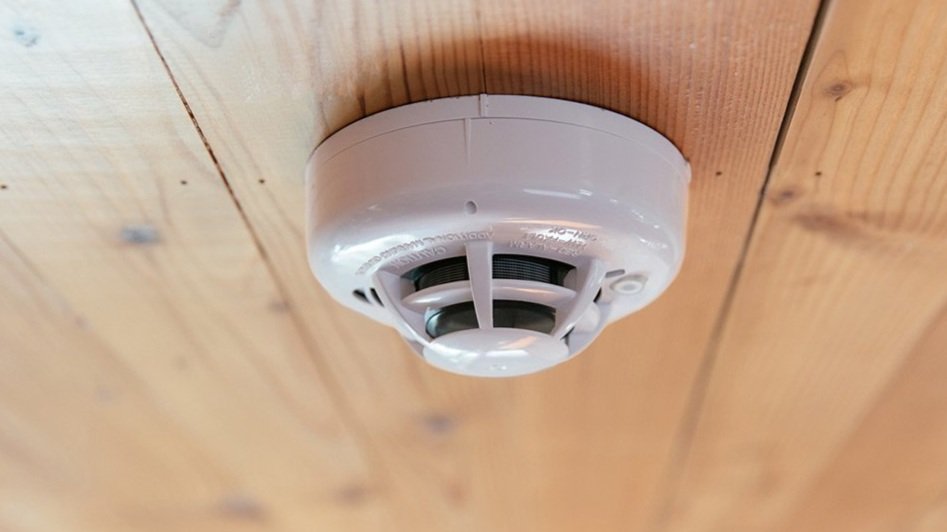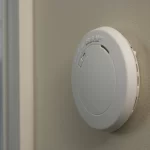I. Introduction

Smoke alarms are crucial devices for ensuring the safety of our homes and loved ones. They play a vital role in detecting and alerting us to the presence of smoke, enabling us to take immediate action and potentially save lives. However, there may be situations where it becomes necessary to temporarily deactivate a smoke alarm. In this article, we will explore the importance of smoke alarms, the reasons for their temporary deactivation, and the steps involved in safely deactivating them.
II. Understanding Smoke Alarm Systems
A. Types of Smoke Alarms
There are different types of smoke alarms available, including ionization smoke alarms and photoelectric smoke alarms. Ionization smoke alarms are more sensitive to fast-burning, flaming fires, while photoelectric smoke alarms are better at detecting slow-burning, smoldering fires. Understanding the differences between these types can help in selecting an appropriate smoke alarm for your home.
B. Components of a Smoke Alarm System
A smoke alarm system consists of various components that work together to provide reliable fire detection. These components include the smoke alarm unit, which contains the sensors and alarm mechanism, the power source (battery or hardwired connection), and the control panel or button for testing and silencing the alarm.
III. Preparation and Safety Measures
A. Gather Necessary Tools and Equipment
Before deactivating a smoke alarm, ensure you have the necessary tools and equipment. For battery-powered smoke alarms, you may need a screwdriver to access the battery compartment. If dealing with hardwired smoke alarms, locate the circuit breaker or fuse box key to cut off power to the alarm. It’s also important to have a ladder or step stool available if needed.
B. Ensure a Safe Environment Before Deactivation
Safety should always be a priority. Before deactivating a smoke alarm, ensure there are no immediate fire hazards present, such as candles, faulty electrical equipment, or flammable materials. Additionally, ensure proper ventilation to avoid smoke buildup during the deactivation process.
C. Inform Relevant Parties

If you live with others, it is crucial to inform them about the temporary deactivation of the smoke alarm. Clear communication is essential to prevent panic or confusion in case of an actual emergency. Establish alternative safety measures and make sure everyone knows how to respond in the event of a fire.
IV. Deactivating a Smoke Alarm
A. Power Source Disconnection
- Battery-Powered Smoke Alarms
a. Locate the smoke alarm and remove its cover, if necessary. b. Depending on the specific model, use a screwdriver or follow the instructions to access the battery compartment. c. Carefully remove the batteries from the compartment, placing them in a safe and easily accessible location for future reactivation.
- Hardwired Smoke Alarms
a. Locate the circuit breaker or fuse that controls the power supply to the smoke alarm. b. Switch off the circuit breaker or remove the fuse to cut off power to the alarm. c. Consider using a circuit breaker lock or securely note down the switched-off position to prevent accidental power restoration.
B. Silencing the Alarm Temporarily
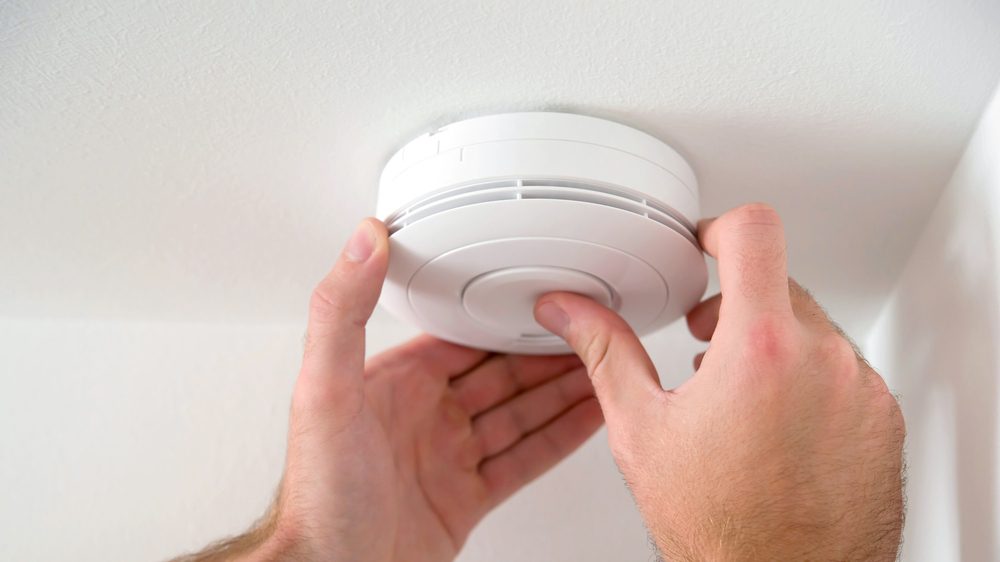
- Locating the Alarm Control Panel/Button
a. Familiarize yourself with the layout of the smoke alarm system. b. Locate the control panel or button on the smoke alarm unit itself. c. The control panel/button is typically labeled and may have specific instructions for temporarily silencing the alarm.
- Disabling the Sound/Alert Function
a. Identify the temporary silence or hush button on the control panel. b. Press and hold the button for the specified duration or until the alarm sound stops. c. Ensure that the alarm display indicates that the silence/hush function is activated.
By following these steps, you can safely deactivate the smoke alarm temporarily. However, it is important to note that smoke alarms should never be deactivated for extended periods, as they are essential in ensuring early fire detection and providing sufficient time for evacuation.
V. Contextual Considerations
A. Legal requirements and regulations
It is important to be aware of any legal requirements or regulations pertaining to smoke alarms in your area. Different jurisdictions may have specific laws regarding the installation, maintenance, and deactivation of smoke alarms. Consult local codes and regulations to ensure compliance and understand the limitations or restrictions on temporarily deactivating a smoke alarm.
B. Adhering to manufacturer guidelines
Manufacturers provide specific guidelines for their smoke alarms, including instructions for deactivation and reactivation. It is essential to adhere to these guidelines to ensure the proper functioning of the smoke alarm system and maintain its warranty. Familiarize yourself with the manufacturer’s recommendations and follow their instructions accordingly.
VI. Re-activating the Smoke Alarm
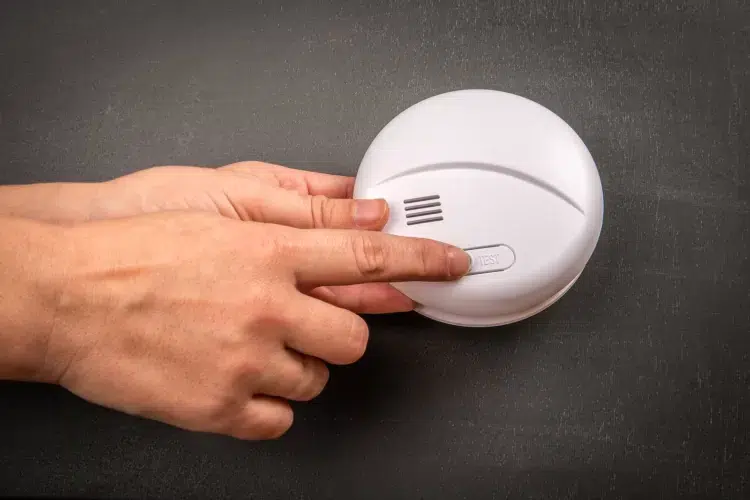
A. Restoring the Power Source
- For Battery-Powered Smoke Alarms
- Insert the batteries back into the smoke alarm, ensuring proper polarity.
- Close the battery compartment and securely attach the cover.
- For Hardwired Smoke Alarms
- Return to the circuit breaker or fuse box and switch on the corresponding breaker or replace the fuse.
- Ensure the power is restored to the smoke alarm and that it is receiving electricity.
B. Testing the Smoke Alarm After Re-activation
- Press the test button on the smoke alarm to check if it is functioning correctly.
- Observe if the alarm sounds as expected and if the sound reaches all areas of your home.
- If the smoke alarm fails the test, refer to the manufacturer’s guidelines for troubleshooting or consider contacting a professional for assistance.
VII. Troubleshooting and Frequently Asked Questions
A. Common Issues During Deactivation/Reactivation
- Alarm still sounding after deactivation: Ensure the alarm has been properly silenced and the power source has been disconnected. If the alarm persists, check for any residual smoke or other sources triggering the alarm.
- Inability to reactivate the alarm: Double-check the power source connection and replace batteries if necessary. If the issue persists, refer to the manufacturer’s troubleshooting guidelines or seek professional assistance.
B. Troubleshooting Steps for Malfunctioning Smoke Alarms
- Check the batteries: Ensure the batteries are properly installed, have sufficient charge, and are not expired. Replace them if needed.
- Clean the smoke alarm: Dust and debris can interfere with the smoke alarm’s sensors. Gently vacuum or use compressed air to clean the alarm.
- Test the alarm: Regularly test the alarm to ensure proper functioning. If the alarm is still malfunctioning, refer to the manufacturer’s troubleshooting instructions or contact their customer support for further assistance.
By considering the contextual factors such as legal requirements and manufacturer guidelines, and by following the appropriate steps for reactivating smoke alarms, you can ensure the safety and functionality of your home’s fire detection system. Additionally, being familiar with troubleshooting techniques can help address common issues and maintain the effectiveness of smoke alarms.
